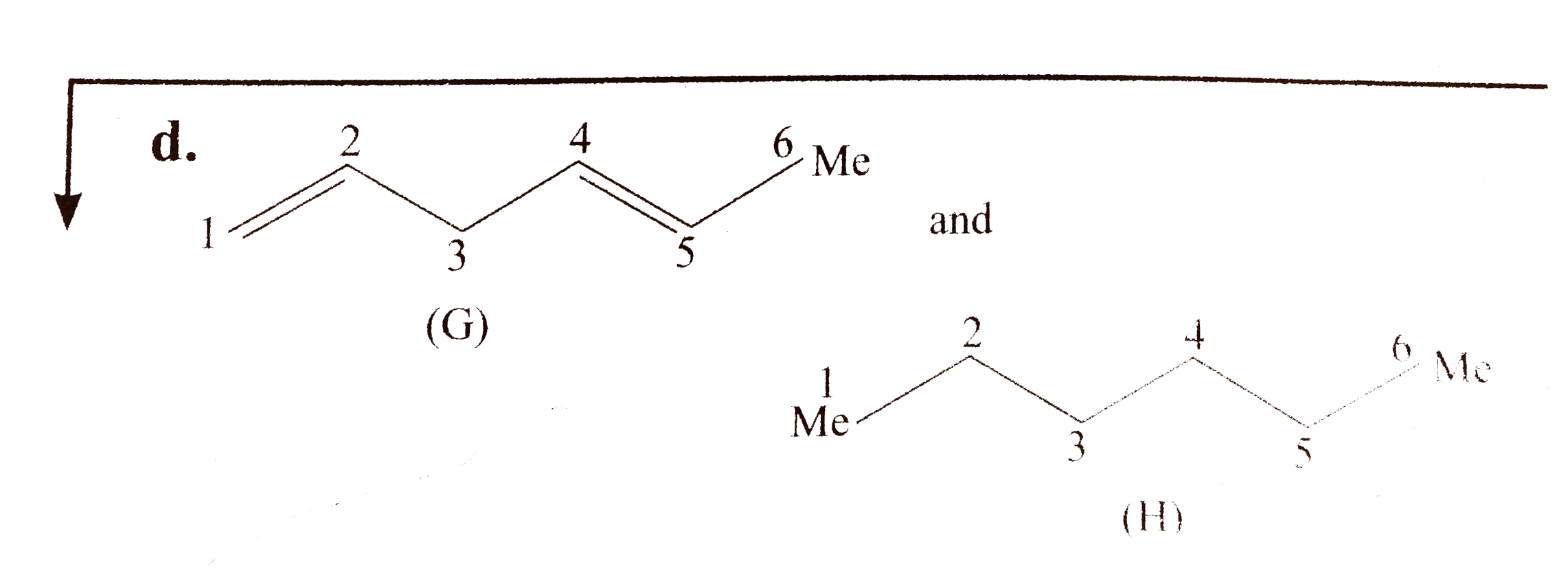Distinguish between the following pair :
Fenestra rotunda and fenestra ovalis
To distinguish between Fenestra Rotunda and Fenestra Ovalis, we can break down the differences into several key points:
1. Definition:
- Fenestra Ovalis: Also known as the oval window, it is a membrane-covered opening that connects the middle ear to the inner ear.
- Fenestra Rotunda: Also known as the round window, it is another membrane-covered opening that also connects the middle ear to the inner ear but serves a different function.
2. Location:
- Fenestra Ovalis: Located superiorly (above) to the Fenestra Rotunda in the cochlea of the inner ear.
- Fenestra Rotunda: Located inferiorly (below) to the Fenestra Ovalis in the cochlea of the inner ear.
3. Function:
- Fenestra Ovalis: Acts as a point where sound vibrations from the ossicles (the three bones of the middle ear: malleus, incus, and stapes) enter the inner ear.
- Fenestra Rotunda: Acts as a point where sound vibrations exit the inner ear, allowing for the dissipation of pressure waves.
4. Associated Structures:
- Fenestra Ovalis: Directly associated with the stapes, which is the last of the three ossicles in the middle ear that transmits sound vibrations to the inner ear.
- Fenestra Rotunda: Not directly associated with any ossicle; it serves as a pressure release valve for the fluid in the cochlea.
5. Shape:
- Fenestra Ovalis: Oval in shape.
- Fenestra Rotunda: Round in shape.
Summary Table:
| Feature | Fenestra Ovalis | Fenestra Rotunda |
|-----------------------|----------------------------------|----------------------------------|
| Definition | Oval window connecting middle ear to inner ear | Round window connecting middle ear to inner ear |
| Location | Superior to Fenestra Rotunda | Inferior to Fenestra Ovalis |
| Function | Allows sound vibrations to enter inner ear | Allows sound vibrations to exit inner ear |
| Associated Structures | Associated with the stapes | Not directly associated with ossicles |
| Shape | Oval | Round |
- Fenestra Ovalis: Also known as the oval window, it is a membrane-covered opening that connects the middle ear to the inner ear.
- Fenestra Rotunda: Also known as the round window, it is another membrane-covered opening that also connects the middle ear to the inner ear but serves a different function.
- Fenestra Ovalis: Located superiorly (above) to the Fenestra Rotunda in the cochlea of the inner ear.
- Fenestra Rotunda: Located inferiorly (below) to the Fenestra Ovalis in the cochlea of the inner ear.
- Fenestra Ovalis: Acts as a point where sound vibrations from the ossicles (the three bones of the middle ear: malleus, incus, and stapes) enter the inner ear.
- Fenestra Rotunda: Acts as a point where sound vibrations exit the inner ear, allowing for the dissipation of pressure waves.
- Fenestra Ovalis: Directly associated with the stapes, which is the last of the three ossicles in the middle ear that transmits sound vibrations to the inner ear.
- Fenestra Rotunda: Not directly associated with any ossicle; it serves as a pressure release valve for the fluid in the cochlea.
- Fenestra Ovalis: Oval in shape.
- Fenestra Rotunda: Round in shape.
|-----------------------|----------------------------------|----------------------------------|
| Definition | Oval window connecting middle ear to inner ear | Round window connecting middle ear to inner ear |
| Location | Superior to Fenestra Rotunda | Inferior to Fenestra Ovalis |
| Function | Allows sound vibrations to enter inner ear | Allows sound vibrations to exit inner ear |
| Associated Structures | Associated with the stapes | Not directly associated with ossicles |
| Shape | Oval | Round |
Topper's Solved these Questions
- BOOK - ICSECHAPTER - NEURAL CONTROL AND CO-ORDINATION EXERCISE - TEST YOUR PROGRESS ( HIGHER ORDER THNKING SKILLS QUESTIONS QUESTIONS (HOTS) )8videos
NEURAL CONTROL AND CO-ORDINATION
- BOOK - ICSECHAPTER - NEURAL CONTROL AND CO-ORDINATION EXERCISE - NCERT EXERCISES WITH ANSWER45videos
NEURAL CONTROL AND CO-ORDINATION
- BOOK - ICSECHAPTER - NEURAL CONTROL AND CO-ORDINATION EXERCISE - TEST YOUR PROGRESS ( VERY SHORT ANSWER TYPE QUESTIONS )72videos
NEURAL CONTROL AND CO-ORDINATION
- BOOK - ICSECHAPTER - MORPHOLOGY OF FLOWERING PLANTS EXERCISE - NCERT TEXTBOOK QUESTIONS WITH SOLUTIONS25videos
MORPHOLOGY OF FLOWERING PLANTS
- BOOK - ICSECHAPTER - NEURAL CONTROL AND COORDINATIONEXERCISE - (Review question) long answer20videos
NEURAL CONTROL AND COORDINATION
Similar Questions
Distinguish between the following pairs:
View SolutionDistinguish between the given pairs.
a.
b.
c.
d. View Solution
View SolutionGive one good chemical test to distinguish between the following pairs of compounds :
Methanal and ethanal.View SolutionDistinguish between the following pairs of terms:
Budding and regeneration : .........View SolutionDistinguish between the following pairs :
Resting potential state and action potential state.View SolutionHow will you distinguish between the following pairs of terms:
(i) Tetrahedral and octahedral voids
(ii) Crystal lattice and unit cellView SolutionGive one good chemical test to distinguish between the following pairs of compounds
Urea and acetamideView SolutionGive simple chemical tests to distinguish between the following pairs of compounds :
(a) Ethanal and Propanal
(b) benzoic acid and phenolView SolutionGive simple chemical tests to distinguish between the following pairs of compounds :
(a) Ethanal and Propanal
(b) benzoic acid and phenolView SolutionGive simple chemical tests to distinguish between the following pairs of compounds :
(a) Ethanal and Propanal
(b) benzoic acid and phenolView Solution

